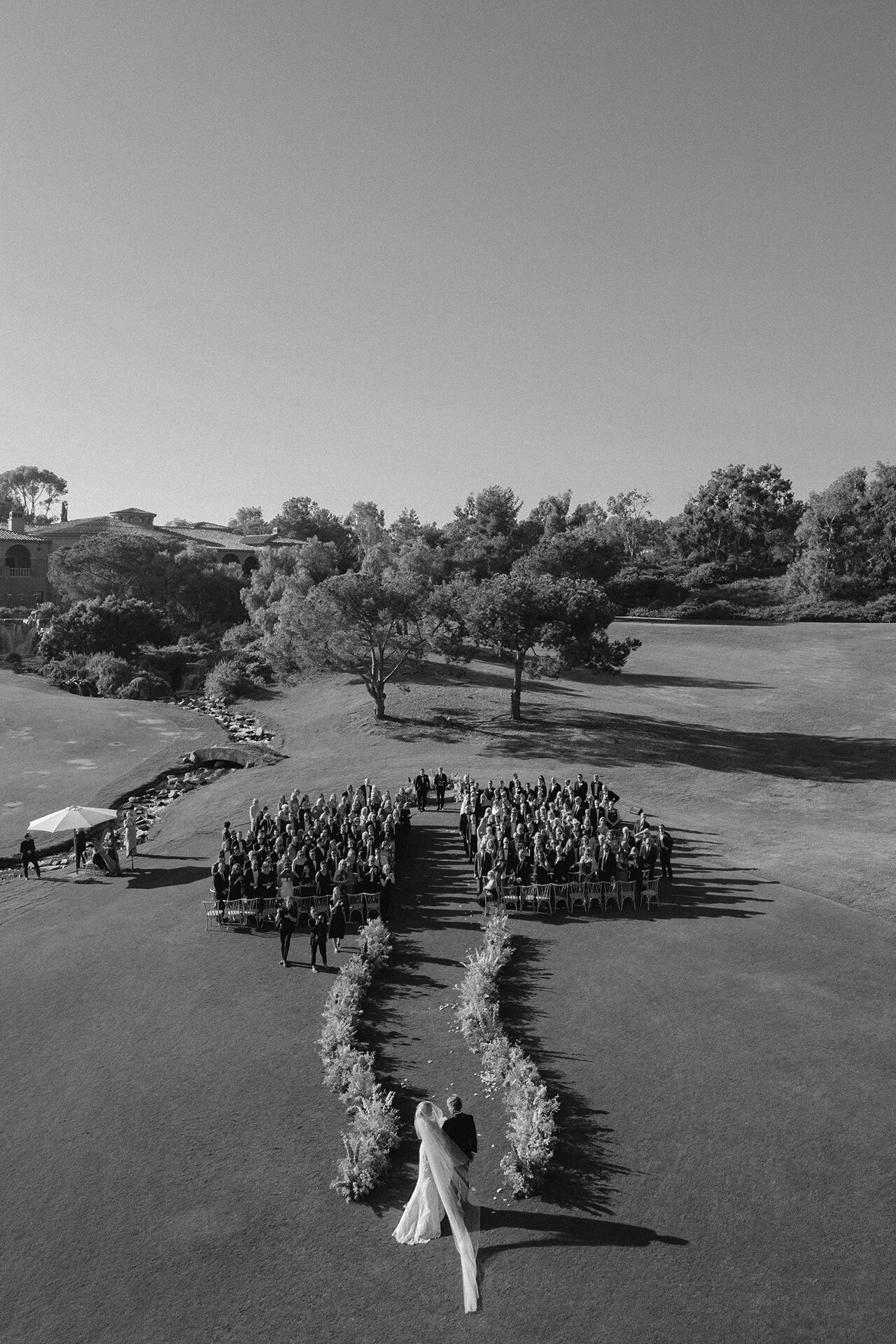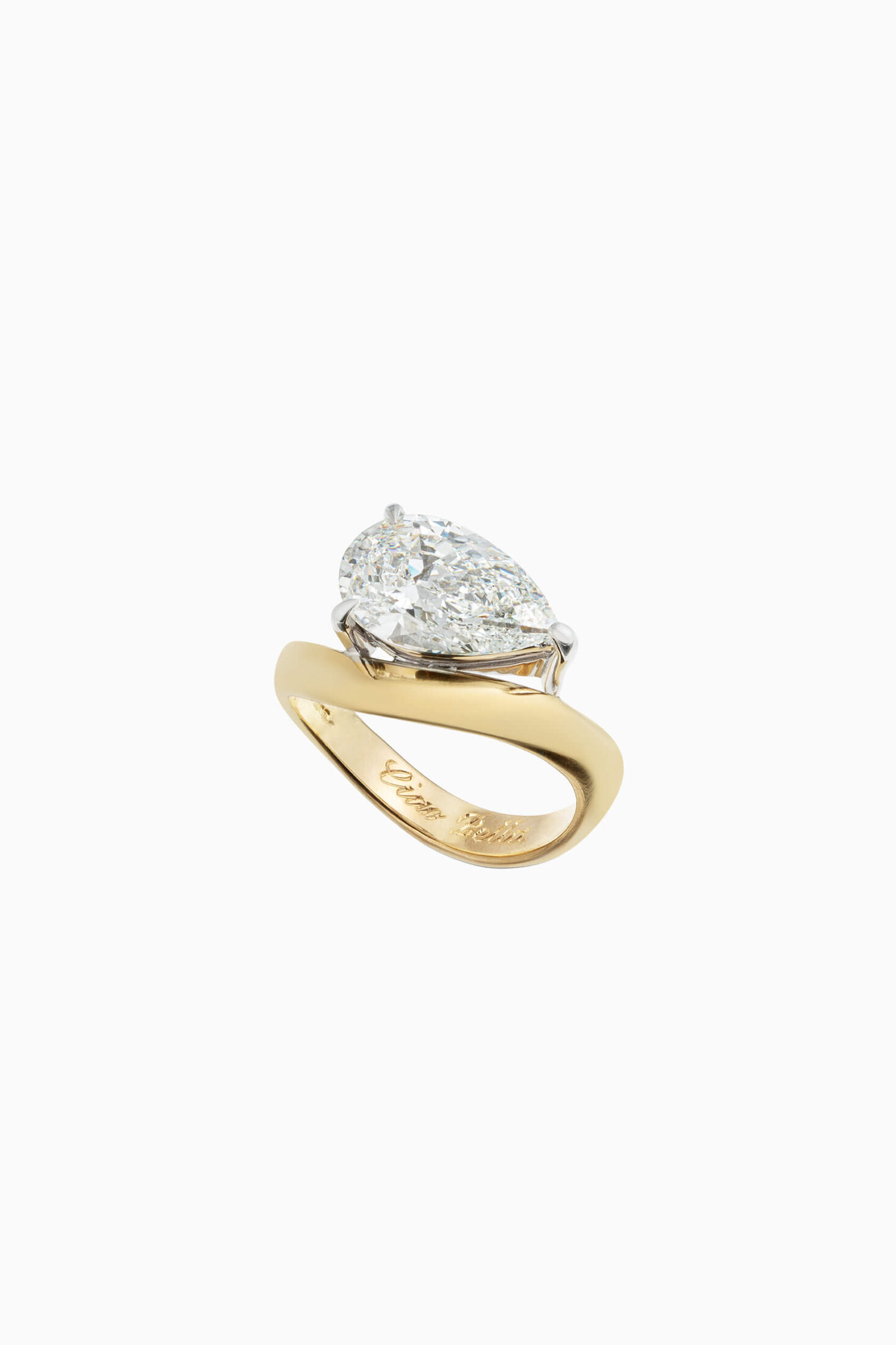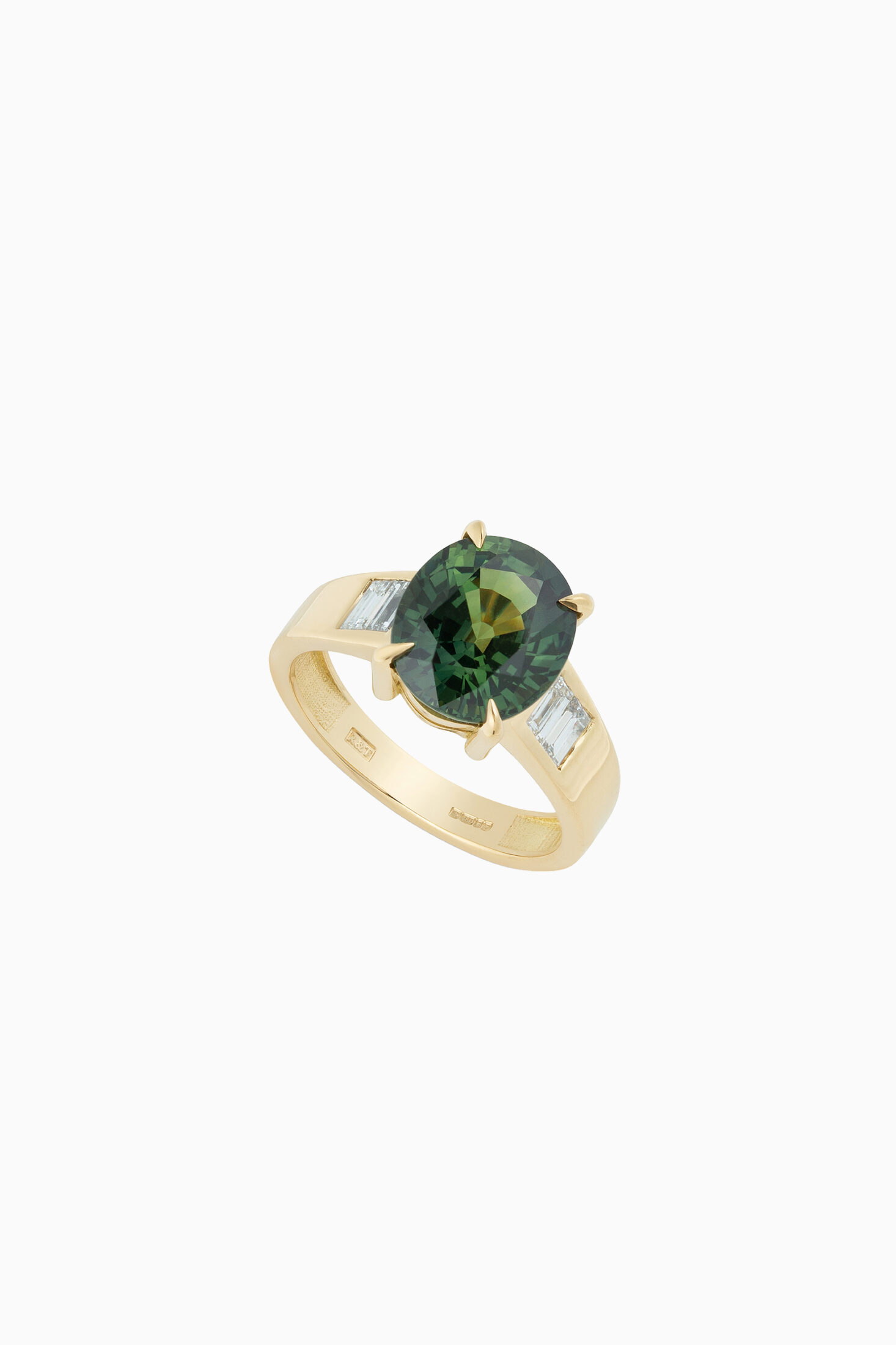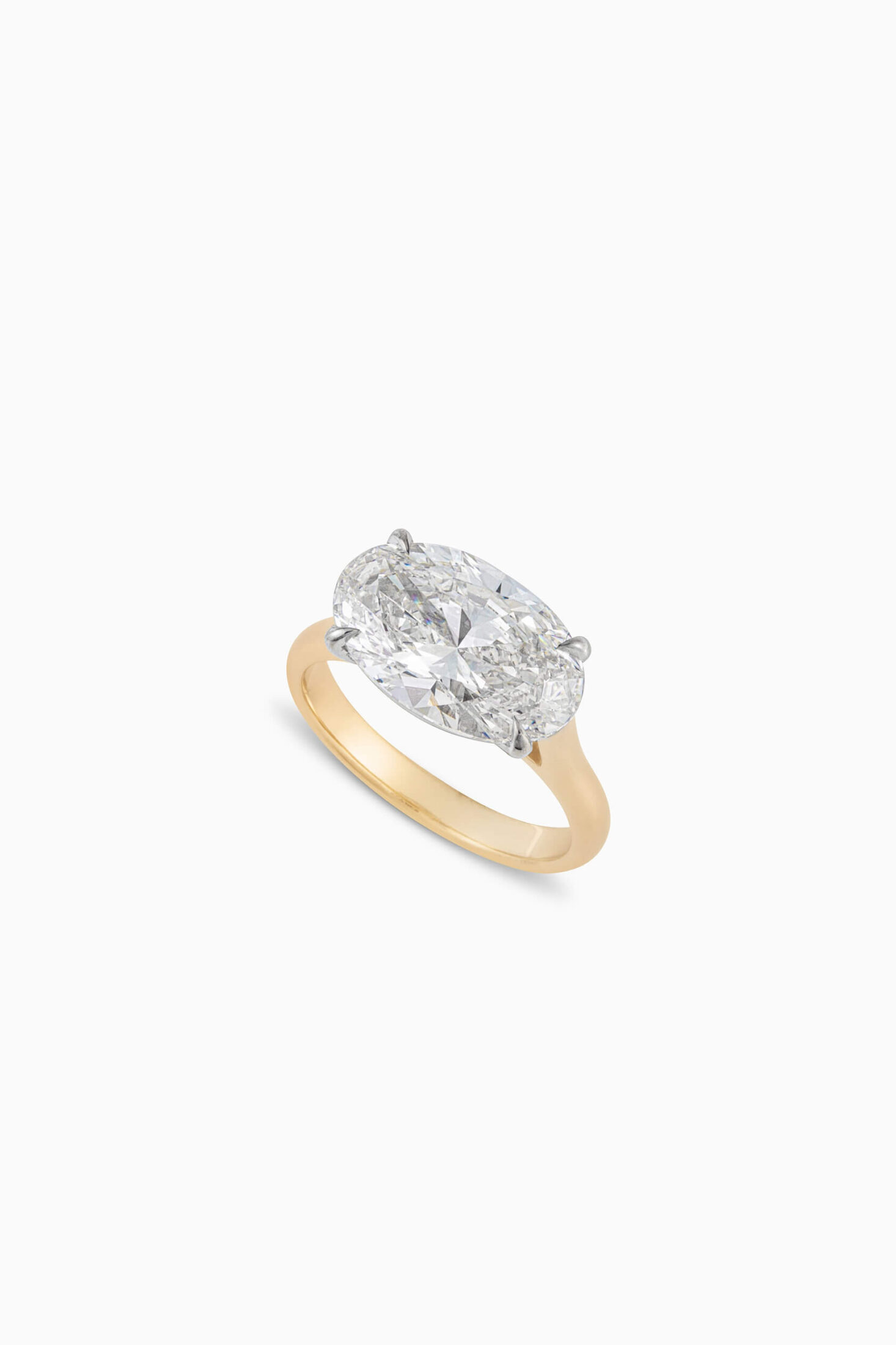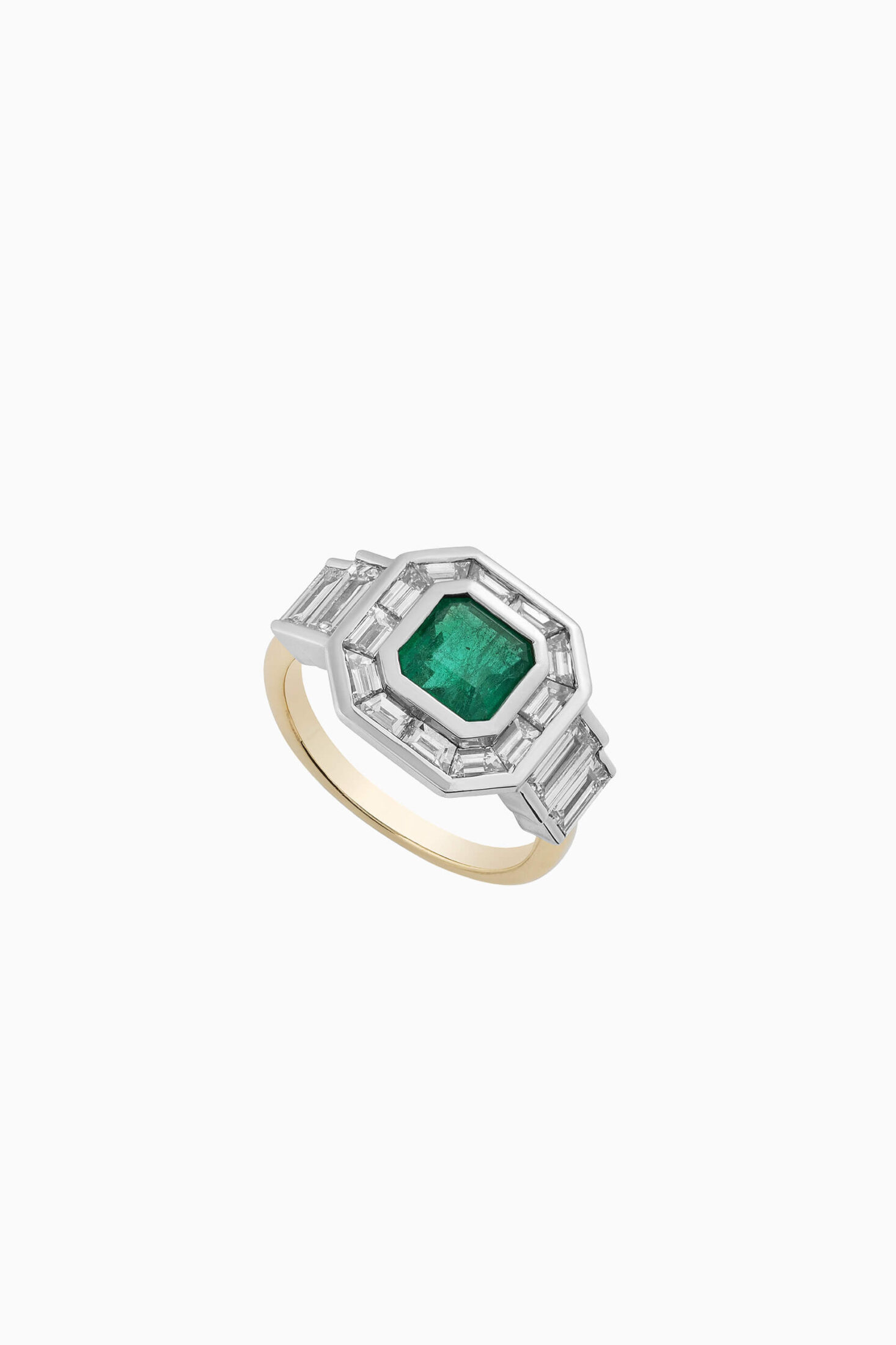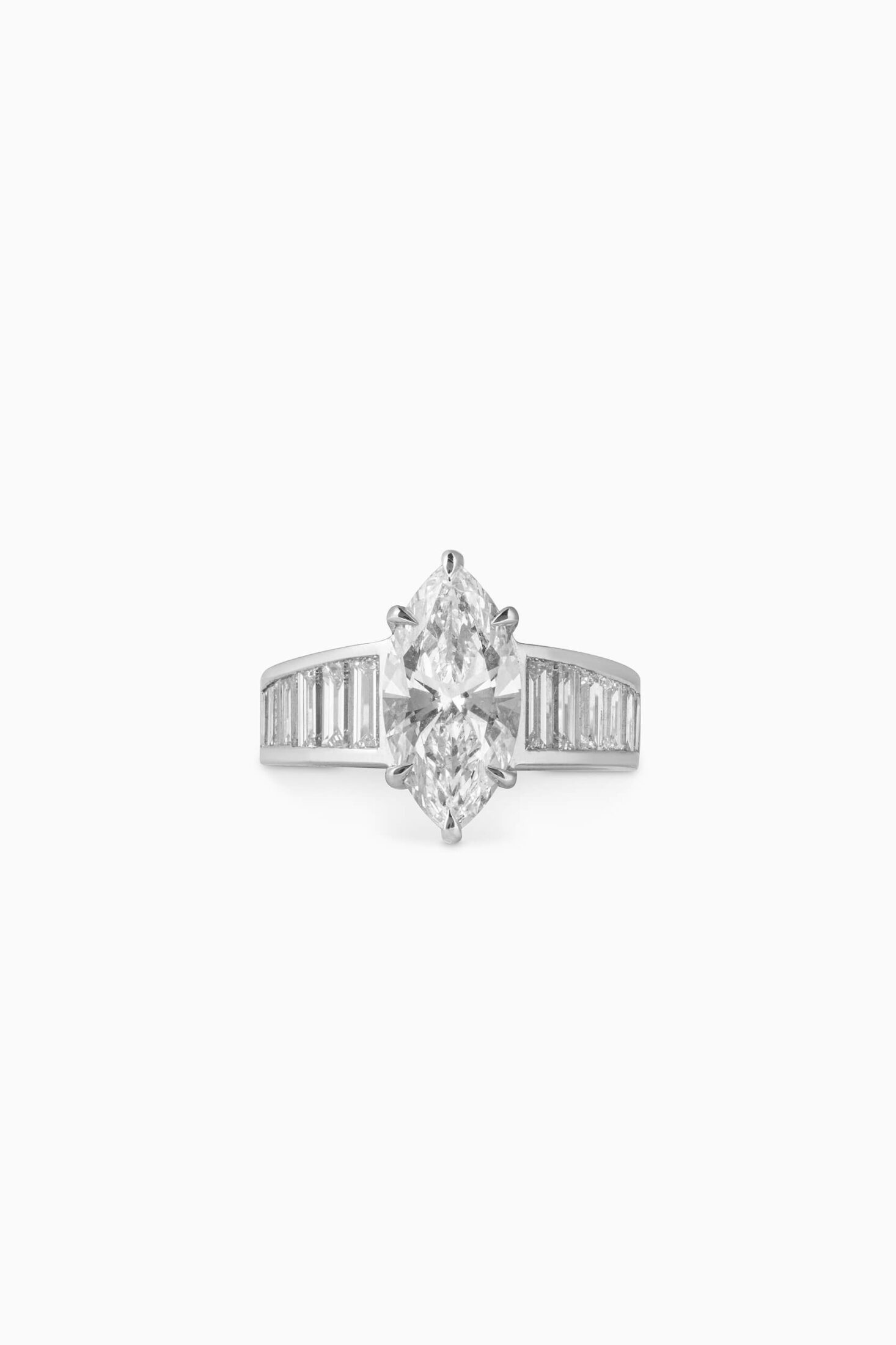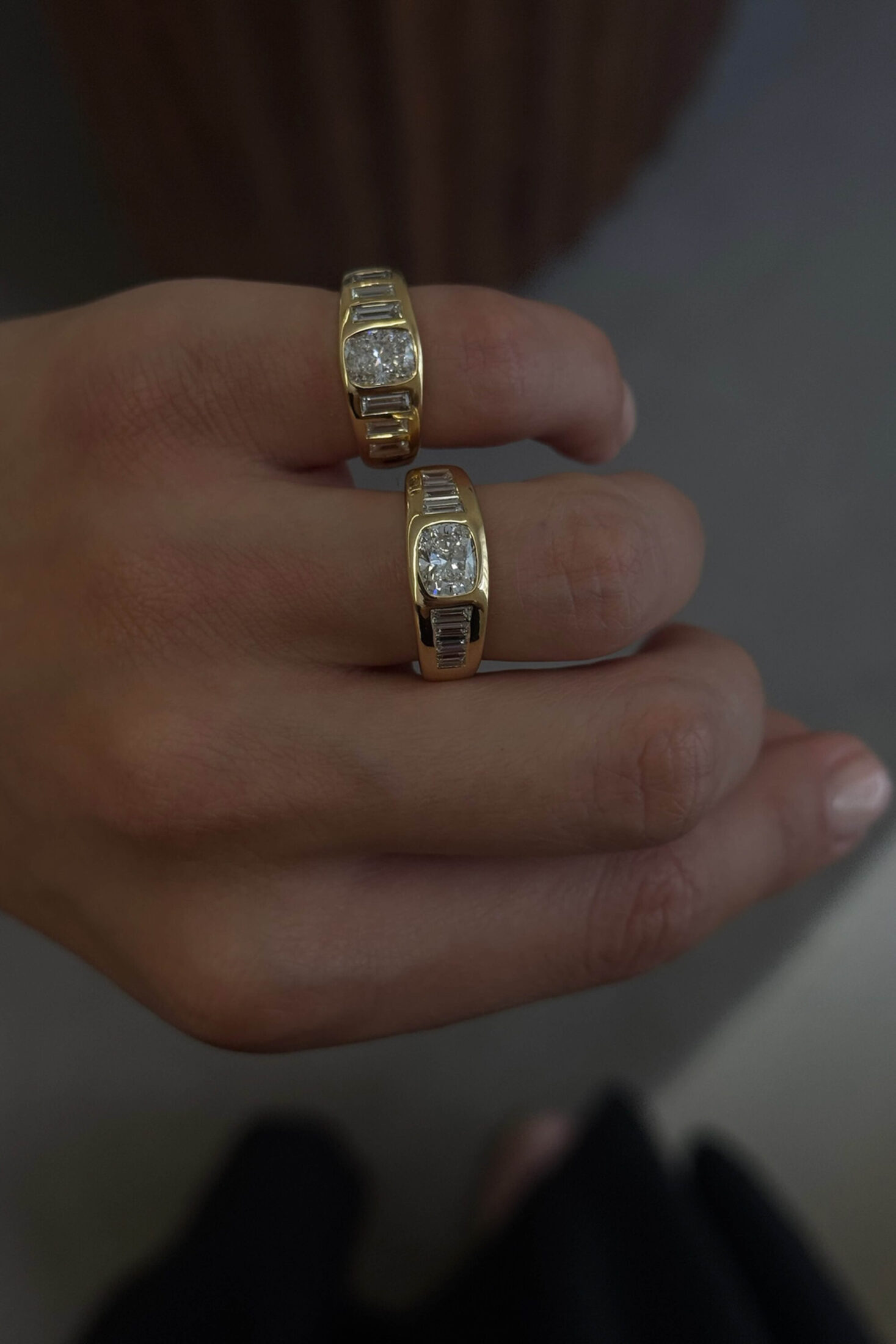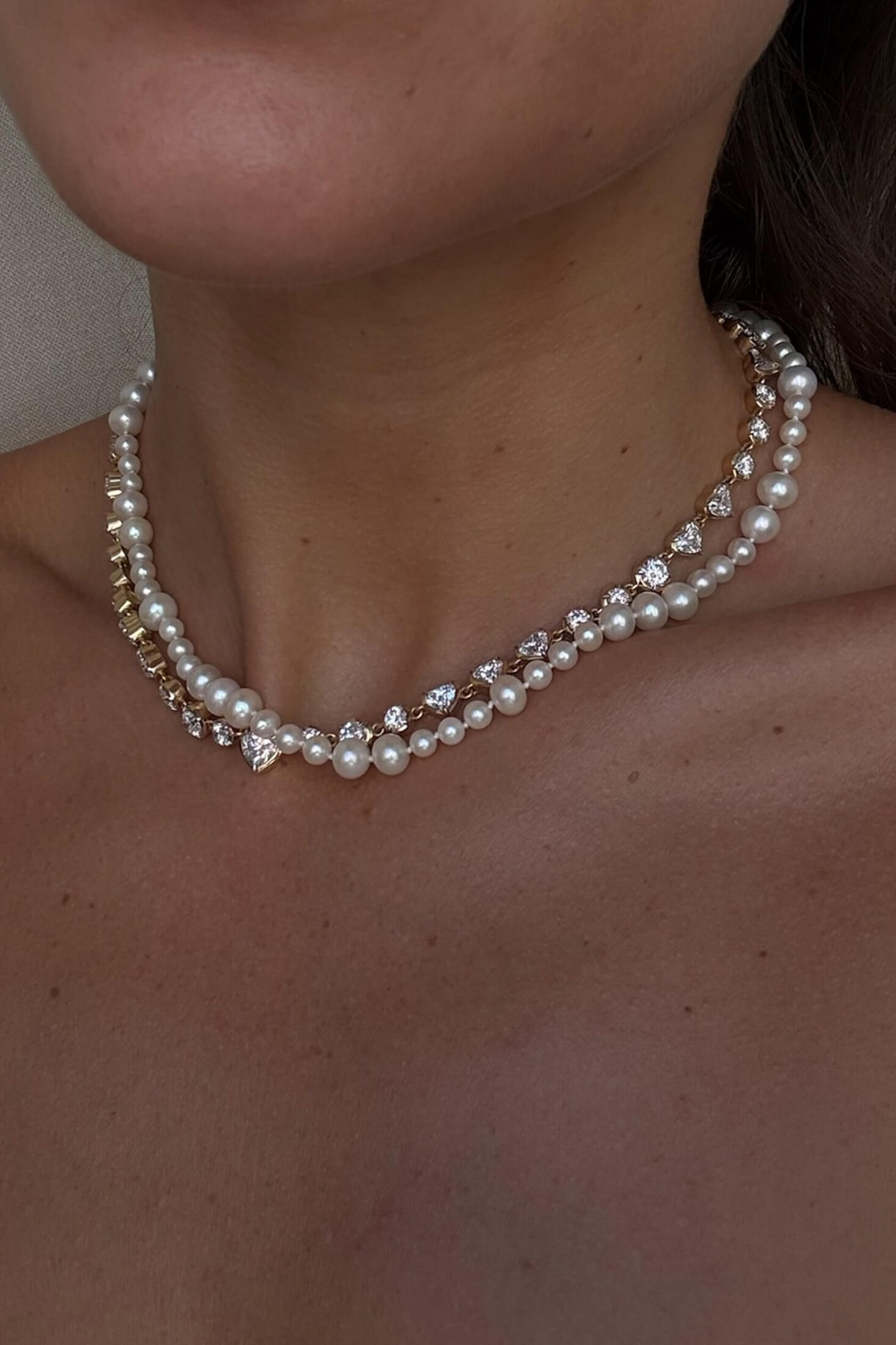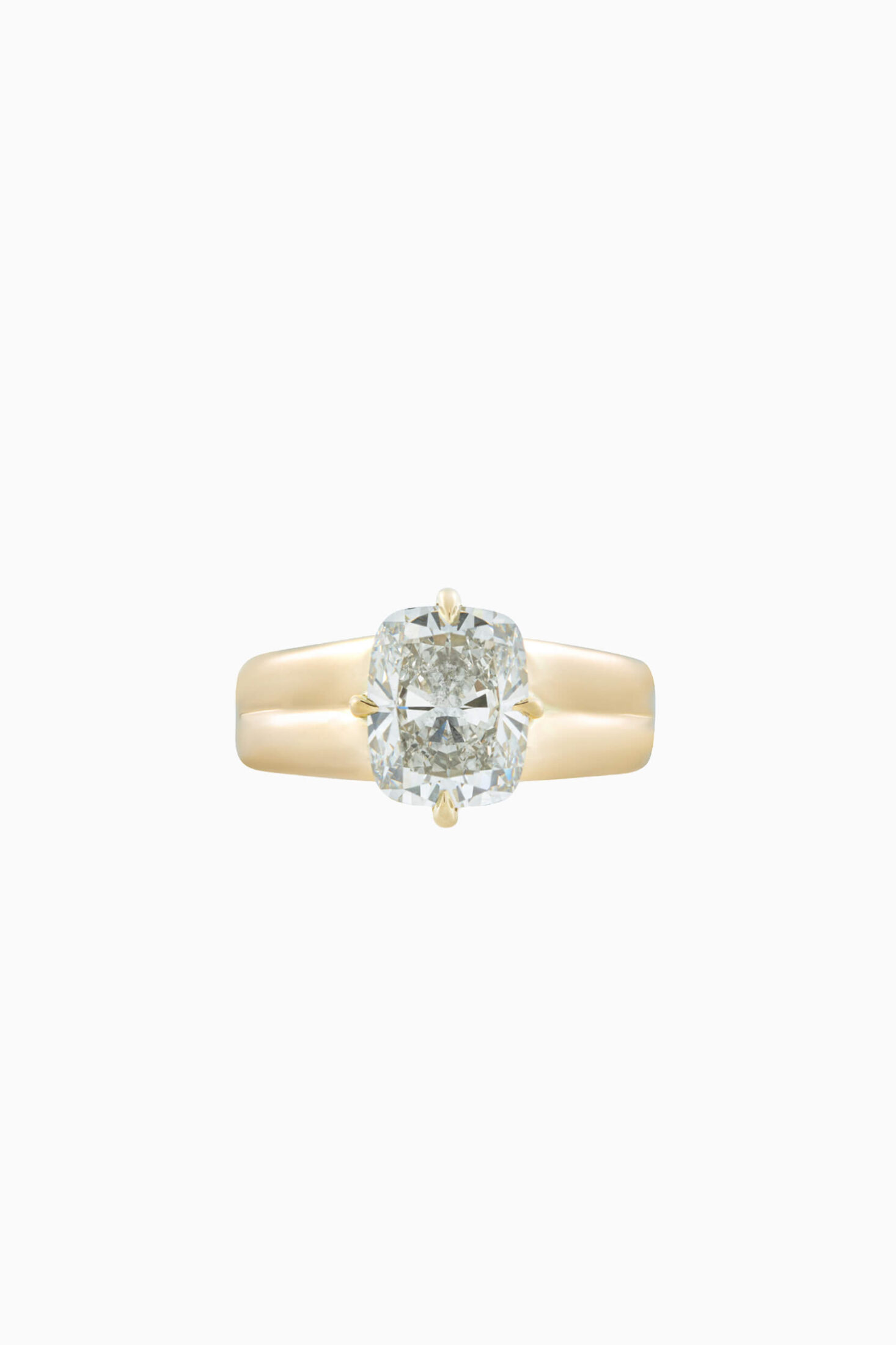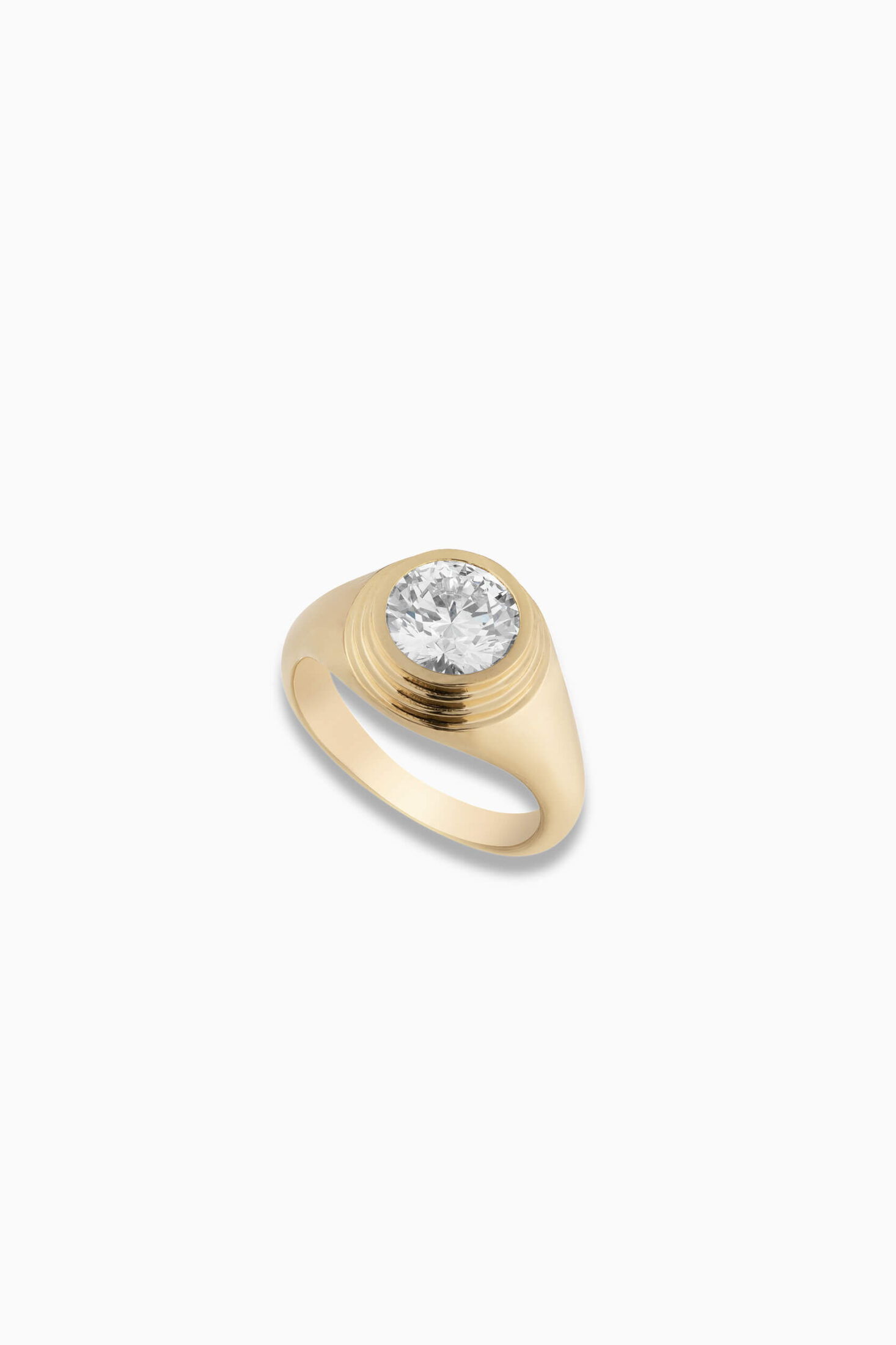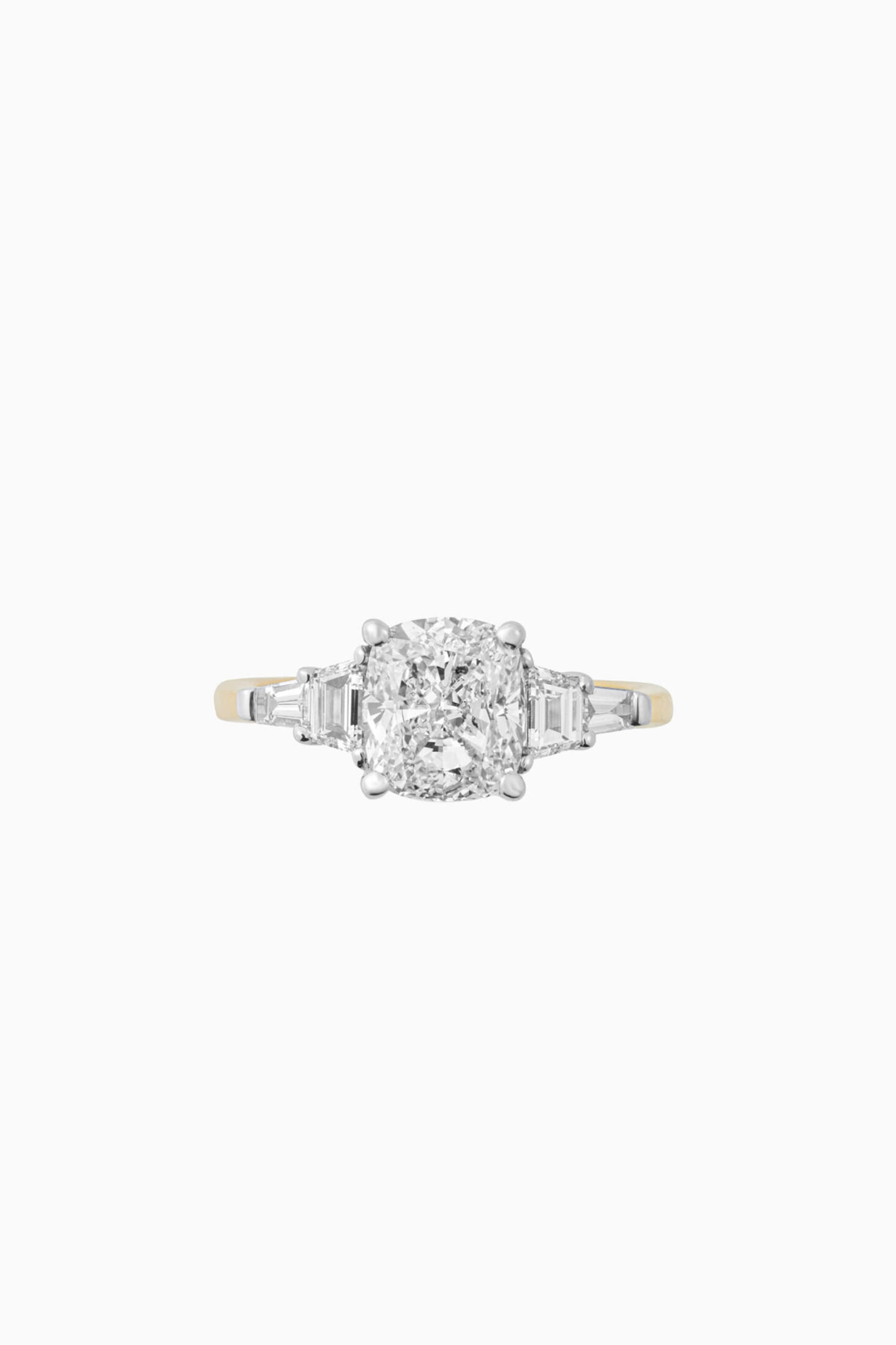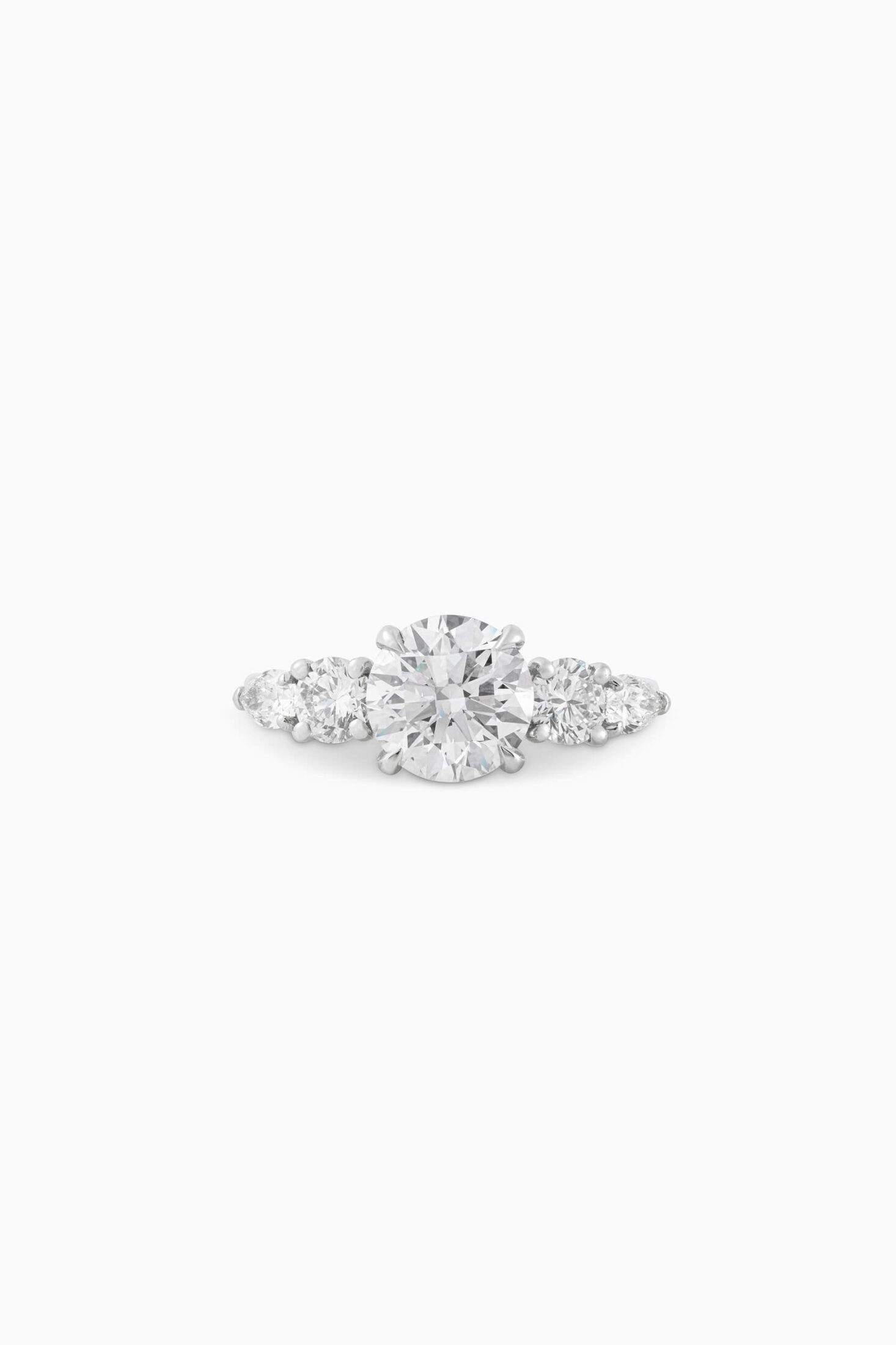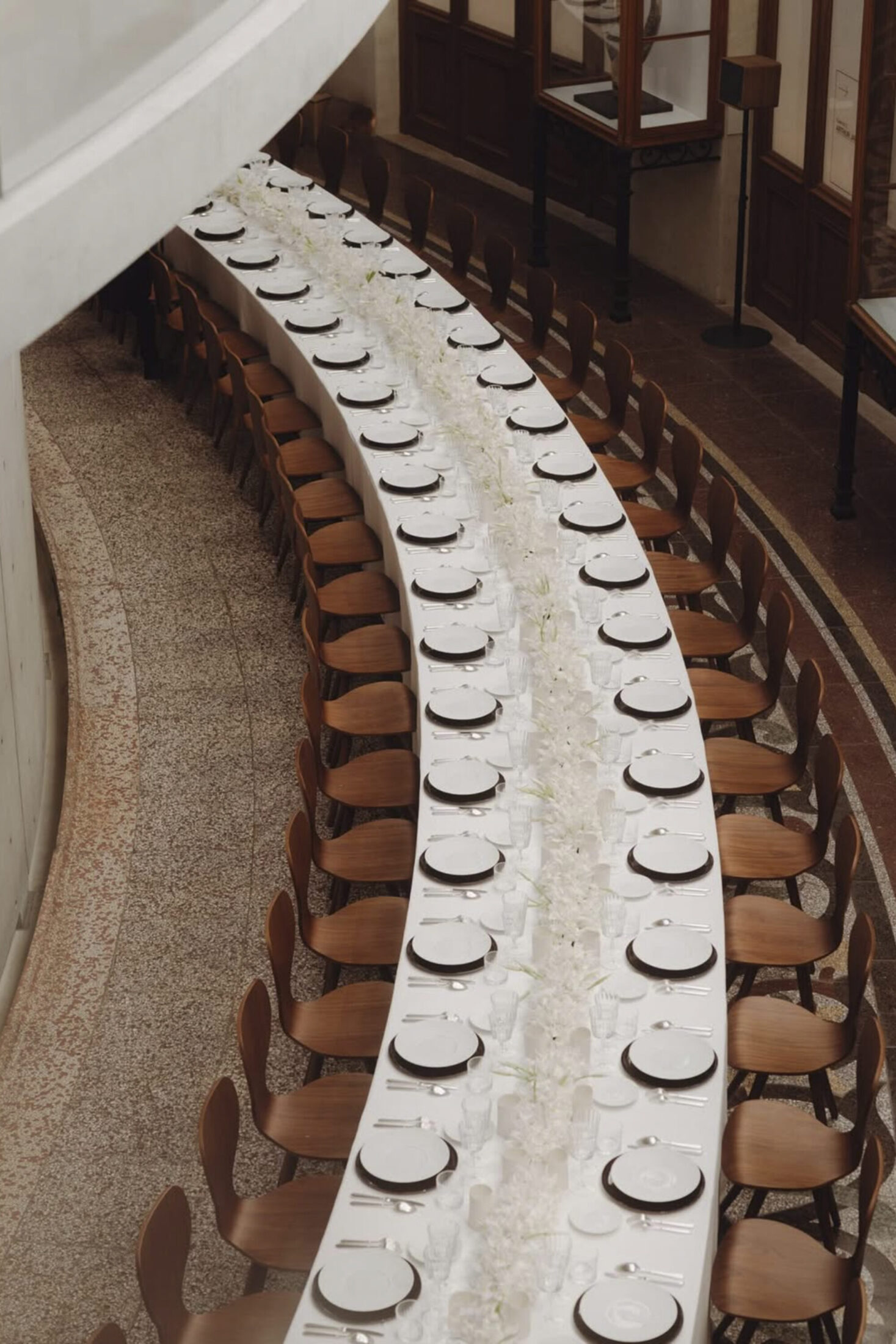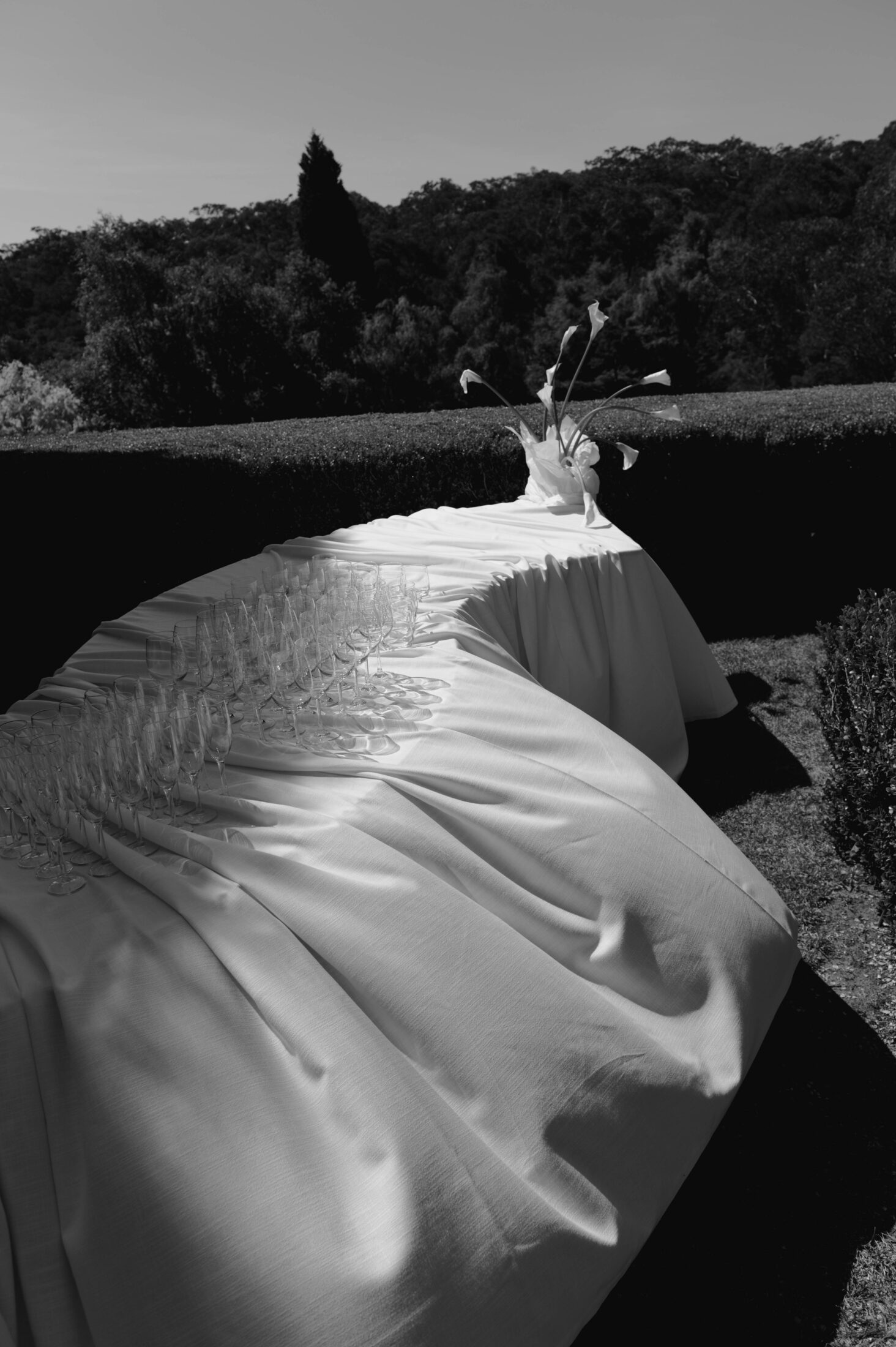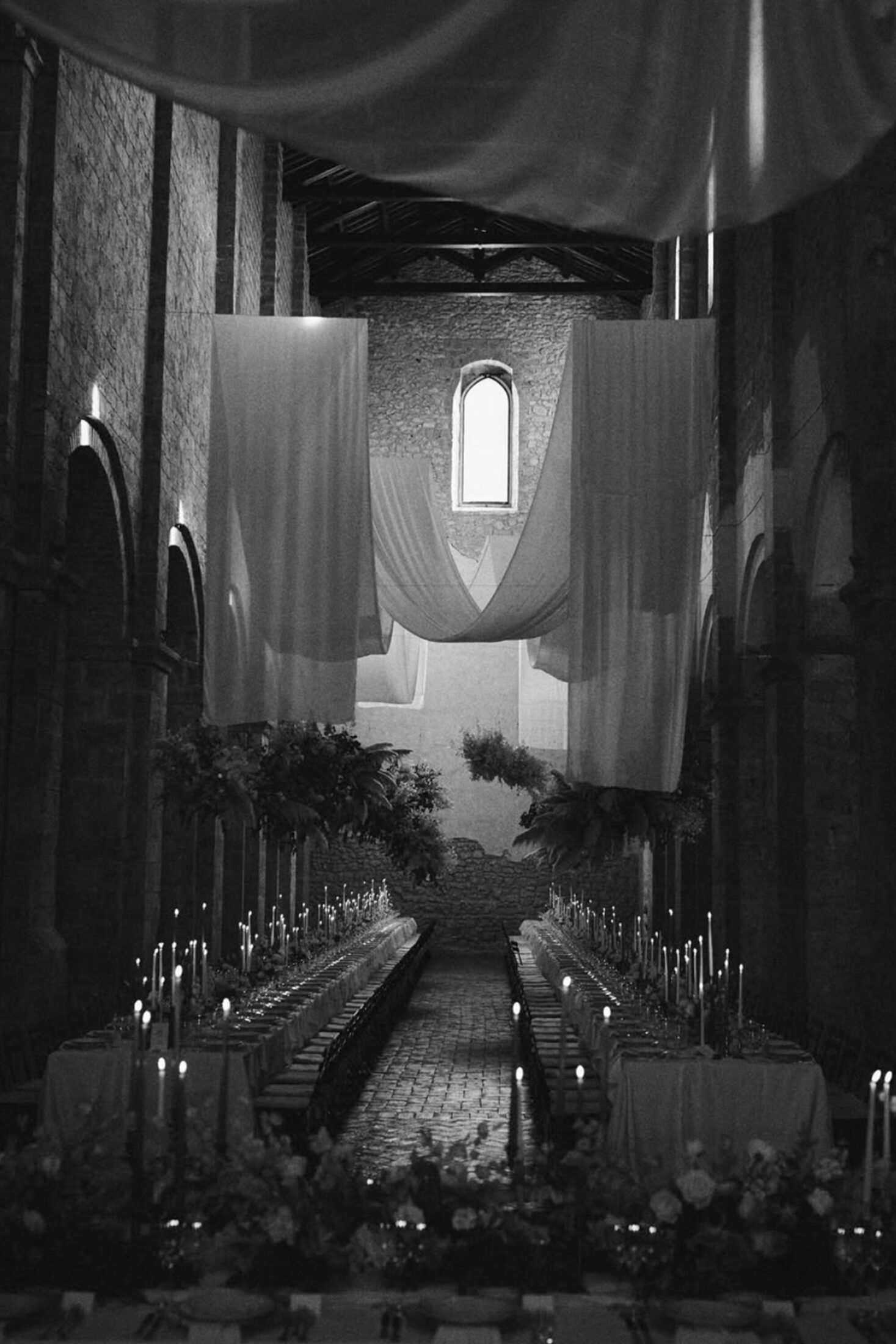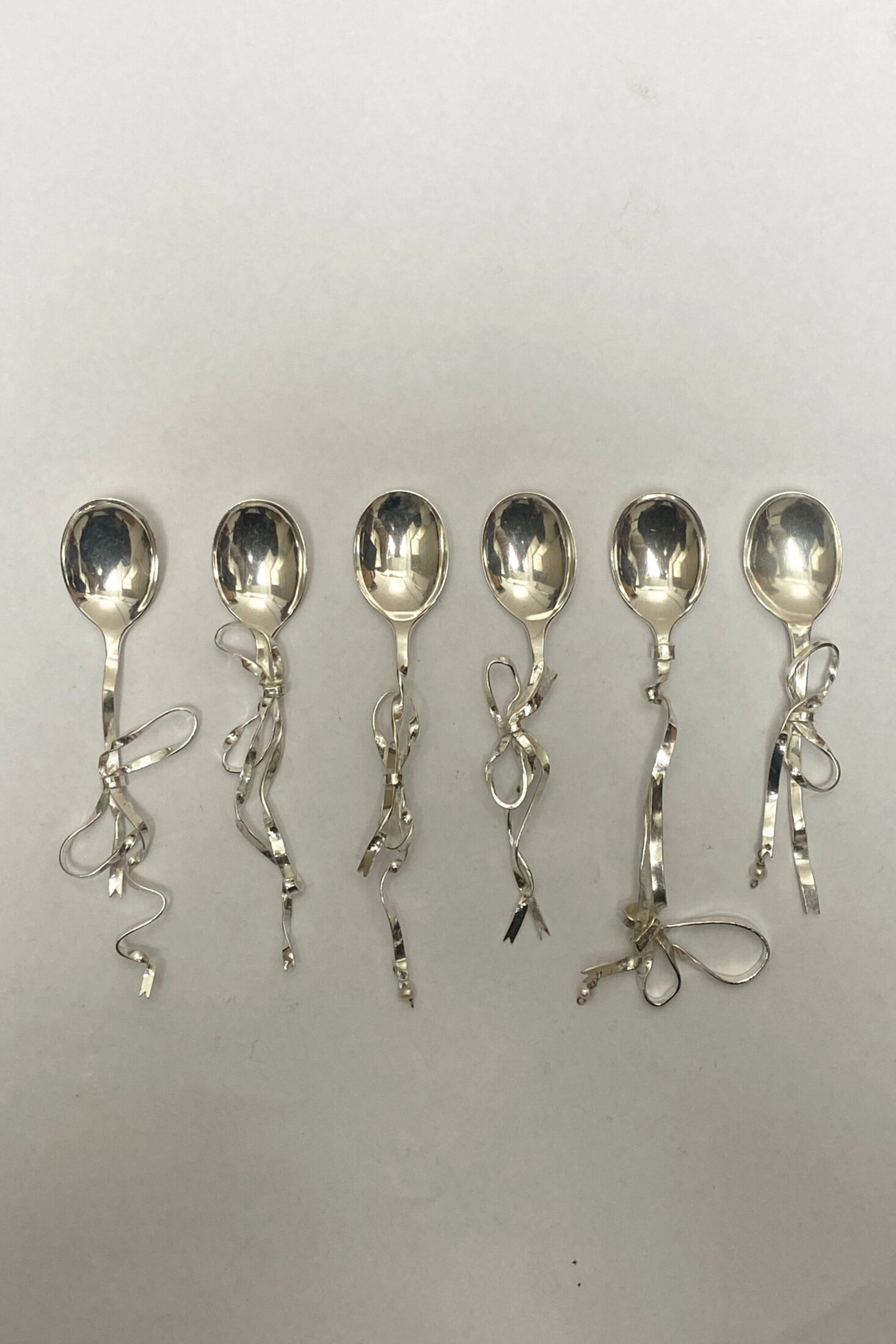Fashion — Engagement Rings & Jewelry
Rethinking Cut, Colour and Engagement Ring Customs with Sophie Whitelaw
The expert gemologist, bespoke engagement ring designer and founder of Whitelaw Gold shares her tips on unexpected stones (yes, beyond diamonds), clever ways to buy them on a budget, sought-after cuts, understated pavé settings, and everything to know about modern proposals.
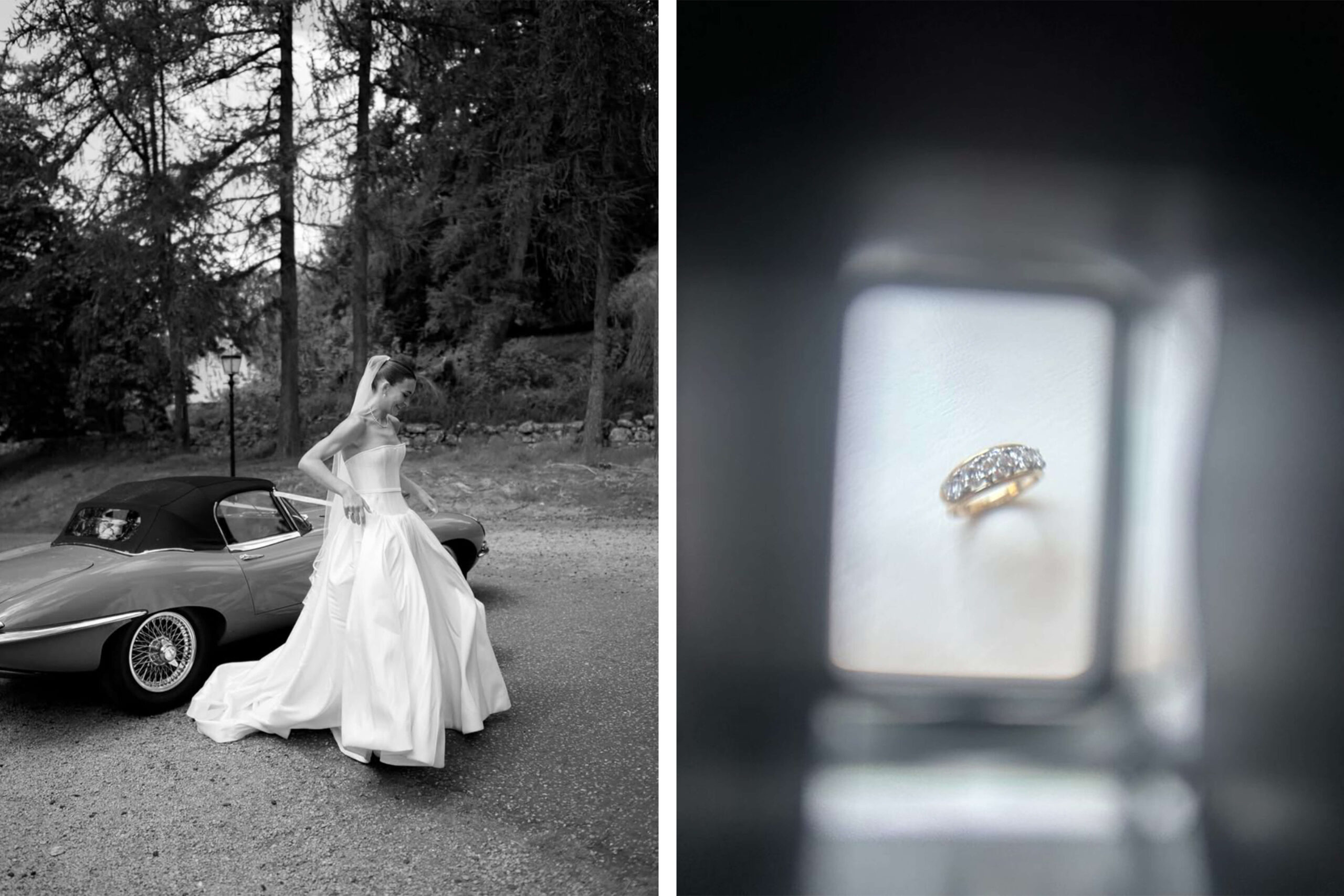
Female-led and locally made in London, Sophie Whitelaw’s fine jewellery label is quietly reshaping one of the city’s oldest trades. Hatton Garden, in the borough of Camden, is a street of understated facades – narrow, storied, and lined with family-run workshops. Whitelaw’s own studio is tucked away and unassuming from the outside. “It’s literally a hole in the wall,” she laughs. “You’d never know it was there unless someone told you.” Up a set of grotty stairs is a little window they pop their heads through to check in on the workshop, where a tight-knit team of four or five jewellers keeps the cogs turning. “It’s a small space, but buzzing with energy.” Long considered the centre of the UK’s diamond and jewellery trade, Hatton Garden’s roots trace back to the 16th century, when Queen Elizabeth I granted the land to her courtier Sir Christopher Hatton. “Yes, it really is a man’s industry,” Sophie says. “When I started out, it was pretty intimidating. It’s still mostly male-dominated – especially the dealers and workshops – but I was up for the challenge.” It’s one she has met with determination – and her business has taken off by storm.
Here, in conversation with The Lane, she shares her journey along with her know-how and best takeaways for selecting stones and designing your bespoke ring.
Register to access your first article free
By signing up, you agree to terms & conditions

Daniel Knight Harris

Her almond-shaped brown eyes are calm but alert, a self-designed ring catching the light as she speaks. With her soft bob, understated ease, and steady conviction, she embodies the kind of modern craftsmanship her label represents: refined, intentional, and unmistakably her own. “It’s so rare for a whole jewellery collection to be made in London,” she says. “Everything is completely made to order here. I also love being close to the action.”
As we speak, she’s reworking a collection she first launched late last year. “I’m a bit of a perfectionist,” she grins. “I wanted to make sure it had something for everyone. So it’s a much bigger collection now – I think there’ll be about 25 pieces, in white and yellow gold. Lots more wedding bands, more earrings, more interesting rings – even a few ready-to-wear engagement rings. And there’s an epic tennis necklace – it’s a mix of heart and round-cut diamonds.” This time, there’s a personal layer too. “I got married at the beginning of June,” she adds, “so this collection’s was kind of designed with that in mind.”
“Female-led and locally made in London, Sophie Whitelaw’s fine jewellery label is quietly reshaping one of the city’s oldest trades”
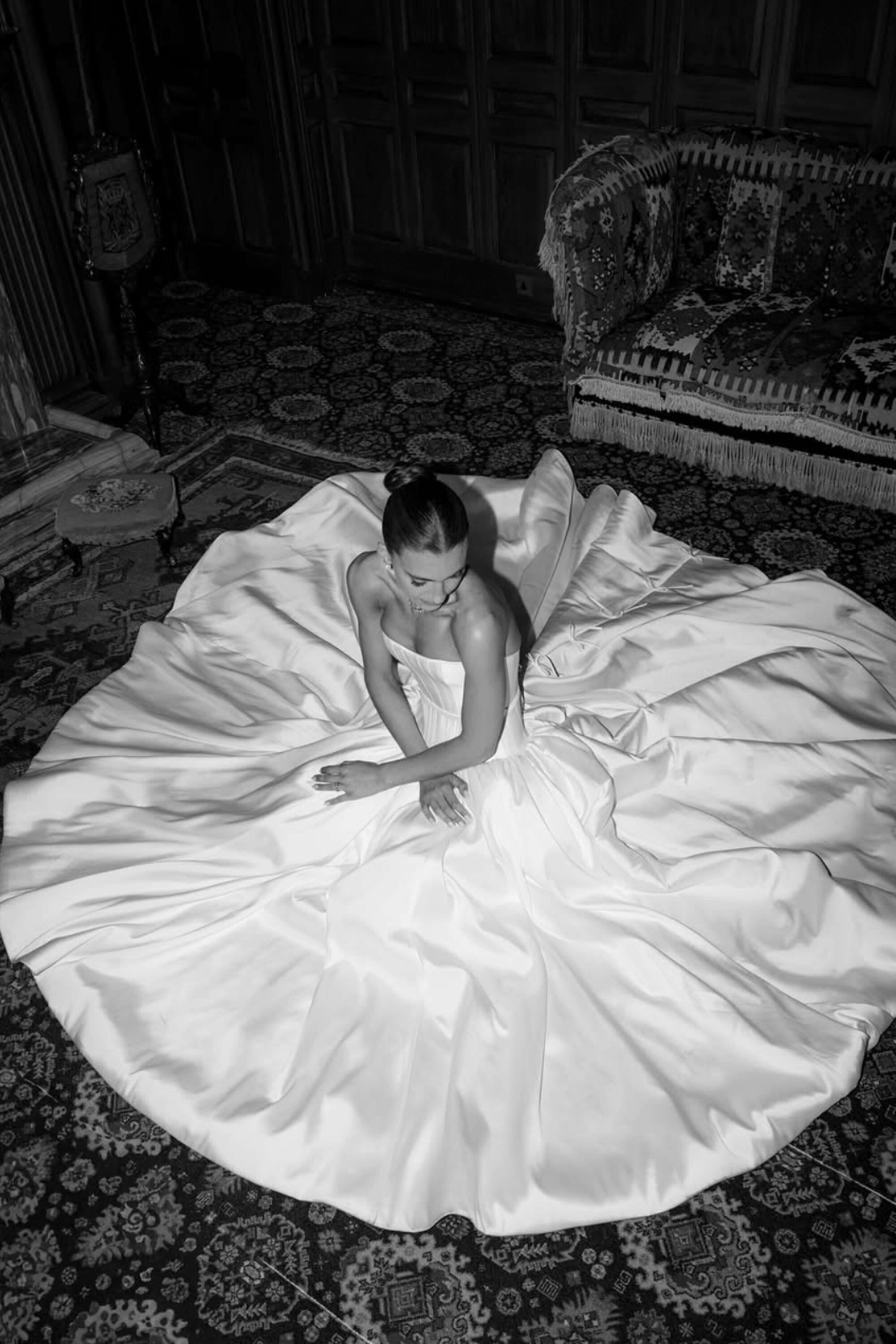
Daniel Knight Harris

Whitelaw’s path into jewellery wasn’t linear, but the signs were there early. “I’ve always been a bit of a magpie,” she explains. “I used to borrow my mum’s jewellery constantly. She didn’t have a huge collection, but it was really considered – pieces she wore every day, never took off. I think I’ve inherited that same approach.” During university, she interned relentlessly, drawn to jewellery houses and the world around them. “I was obsessed with figuring out what I wanted to do. At one point I thought I’d become a diamond dealer – I studied gemology in Antwerp, then at GIA (Gemological Institute of America) in New York. That’s when it really became real.” Back in London, she began quietly introducing herself around Hatton Garden, taking on commissions for friends and family. “And then gradually I found my own identity, my style. It kind of came to fruition from there.”
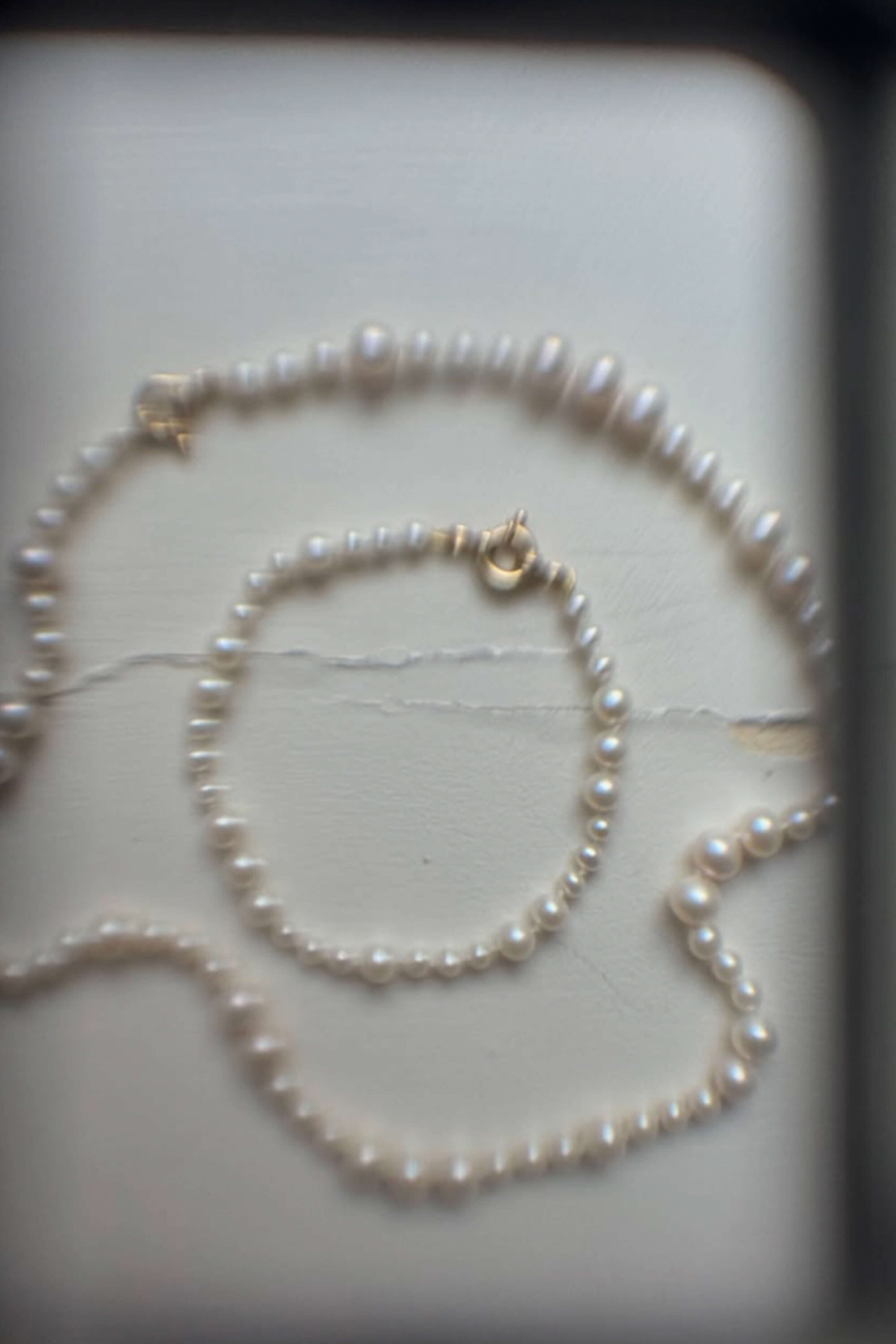

“People shy away from colour, but there are so many beautiful alternatives – especially sapphires.” Often reduced to just deep blue in the public imagination, sapphires actually exist in a spectrum of shades.”
The One Stone You Might Love More Than a Diamond
As you might imagine, she’s now an expert at diamonds. “I think it’s just how brilliant they are – how timeless,” she says. “Because of their hardness, they’re so much more sparkly than coloured gemstones.” It’s that enduring quality that makes diamonds the default for engagement rings, though Whitelaw sometimes wishes clients were a little more adventurous. “People shy away from colour, but there are so many beautiful alternatives – especially sapphires.” Often reduced to just deep blue in the public imagination, sapphires actually exist in a spectrum of shades. “There are eight different colours,” she explains. “You can get green, yellow, pink, even colourless sapphires. Ruby is actually just a red sapphire, technically.” Her personal favourite? A muted green sapphire. “It’s this really subtle greyish green – more durable than an emerald, and more sparkly too. If I ever went for a coloured stone myself, that’s what I’d choose.” Then there’s the star sapphire: a stone filled with fine, needle-like inclusions that catch the light in a shifting, cross-shaped reflection. “It’s called asterism – it’s like a star floating inside the stone. Totally mesmerising.
People forget these things exist.” Another unexpected favourite is the buttery yellow diamond. “It still has that diamond sparkle, obviously, but it’s smoother – very wearable.” There’s even a clever way to shop for one. “Instead of buying a ‘fancy yellow’ diamond, which can be pricey, you can go really low on the colour scale of a standard white diamond – right where it starts to shift into something warm and golden. It becomes this almost neon yellow, but in a really soft, buttery way. It goes with everything. Super chic for every day.”
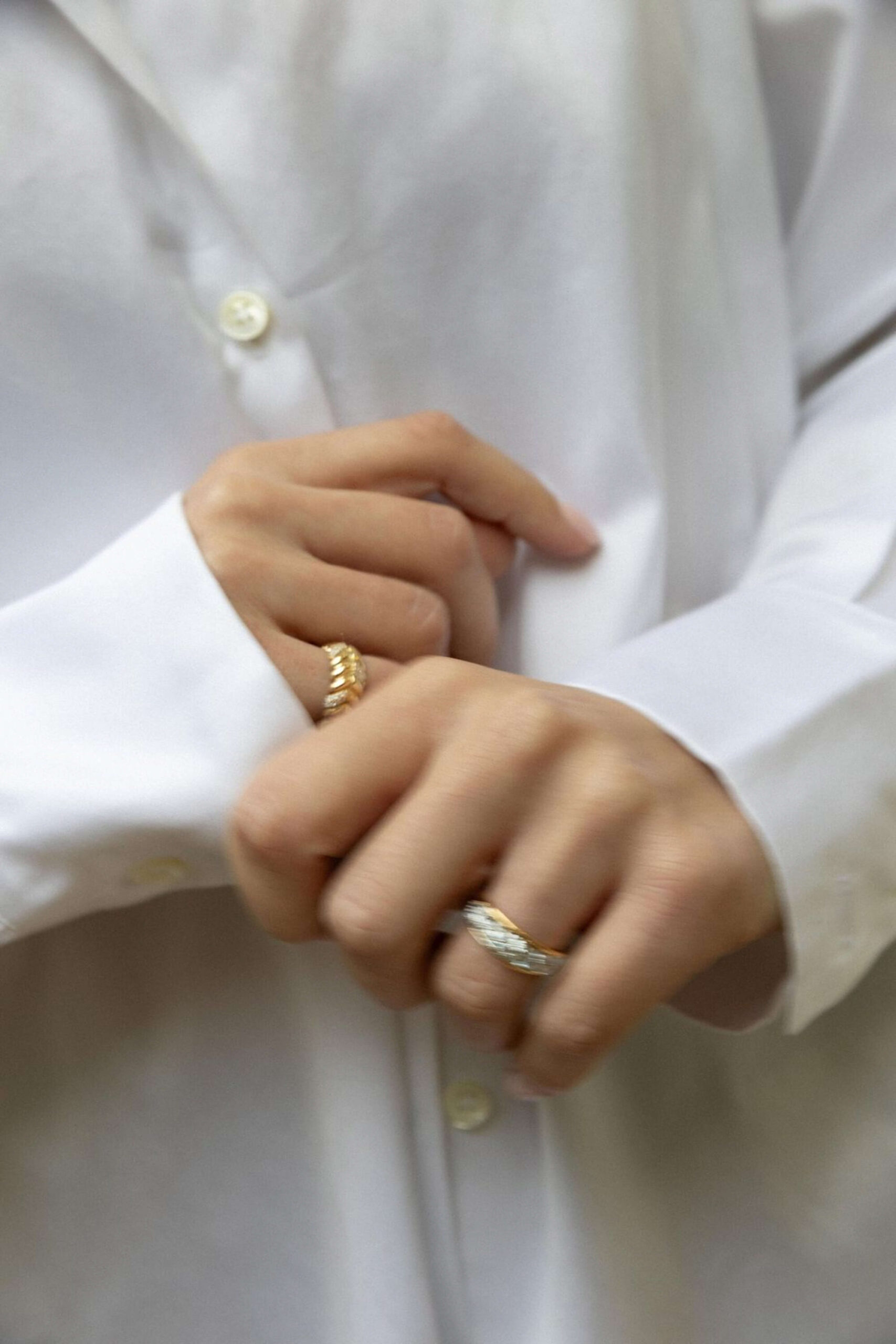
Nic Ford London

Nic Ford London
From Asscher to Elongated: The New Ring Cuts
Her own engagement ring marked a turning point in her aesthetic. “I think my style really started to develop when I was designing it,” she says, glancing down at her hand. “It’s an emerald cut with little baguettes on either side – and it’s become our most requested ring, which is kind of bittersweet,” she laughs. “But I love that people connect with it. Often, it becomes a starting point – we’ll take the structure of my ring and evolve it into something new.” One of her favourite iterations recently blended those clean baguette shoulders with the rounded yellow gold bands from her Staples collection. “We added an Asscher cut in the centre – it has this sort of disco ball quality, really sleek but with a twist. I feel like that cut is going to be one of the cool-girl favourites soon.”
When it comes to wedding bands, she’s predicting a shift away from the super minimal. “I think people are starting to move towards something with more detail,” she says. “Framed stones, soft curves, warm yellow gold. Slightly chunkier silhouettes that still feel timeless, but have personality.” As for centre stones, Whitelaw notes a clear transition. “I think we’ve seen a lot of oval cuts over the past five years – and people are seriously going off them now. I used to love ovals. But lately, I’d say 70% of my enquiries are for elongated cushion cuts.” The appeal lies in their softly rectangular shape – romantic but less expected. “With lab-grown diamonds becoming more common, people want something that looks a bit antique. And there’s no single way to cut an elongated cushion, so each one has its own character. They feel more unique – and they’re super flattering on the hand. It’s that kind of fizzy, antique look people are drawn to now.”
The Pavé Setting to Watch
Part of what keeps Whitelaw’s designs so in tune with what people actually want is her ongoing conversation with clients and followers. “Honestly, a lot of the feedback is super practical – like, I want jewellery I can wear to work, or something I won’t take off,” she says. She keeps an ear to the ground through her community and constantly adapts, often tweaking design details that most people wouldn’t notice at first glance. “One of the best pieces of feedback I ever got was from a client early on – it was about the style of pavé setting. At the time, I hadn’t even considered it.” Now, instead of the standard cogwheel-like pavé, she uses a more refined hand-finished technique – French pavé, or fishtail pavé. “I’m actually wearing a ring with front pavé right now,” she adds. “It sparkles from all sides. The diamonds create the light refraction, of course, but so does the metal – it forms this kind of fishtail, almost herringbone pattern. It’s super unique.” She pauses. “You can’t mass-produce it – it’s subtle, but it says a lot. It’s like a quiet reminder that this was made by real hands.”

The Group Chat Stage of Getting Engaged
One final shift Whitelaw has noticed isn’t about the ring itself, but how it comes to be. “It’s actually quite rare that the ring is a total surprise these days,” she says. “Most clients come to me with a rough idea – or they design it together before they’re even engaged.” Increasingly, couples are coming in early, sometimes with a placeholder ring, then returning to create the real thing. “I always say: it’s a good idea to talk about it. They’re going to wear it for the rest of their life – it’s a really expensive mistake if you get it wrong.” Lately, there’s even a halfway approach. “We’ll design most of the ring together, and then we’ll kick one of them out of the group chat,” she smiles. “So the final details – and the timing – are still a surprise.”
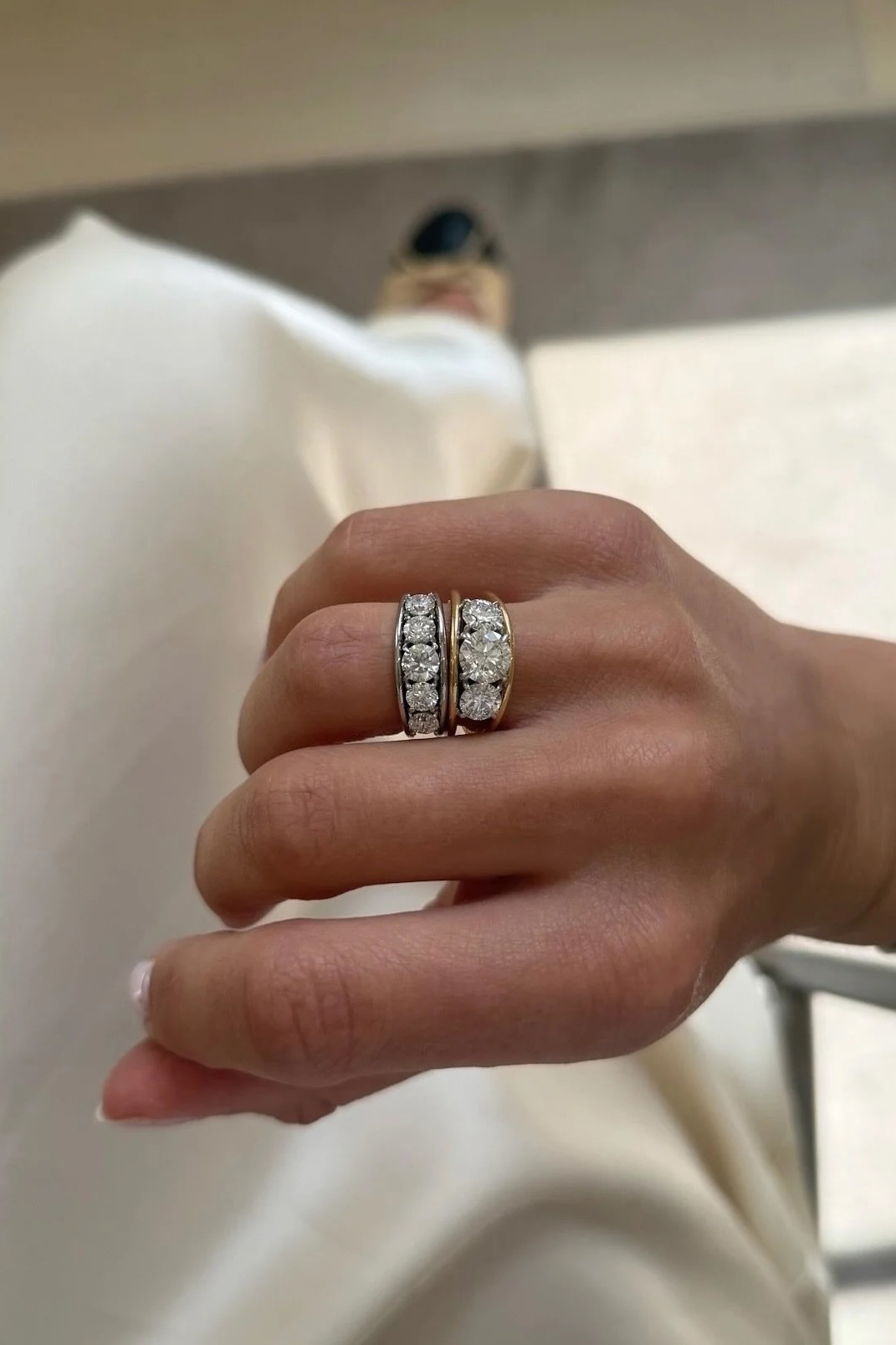

To see more of Sophie’s work, visit Whitelaw Gold.
Join The Lane
Sign up to The Lane monthly Journal.

